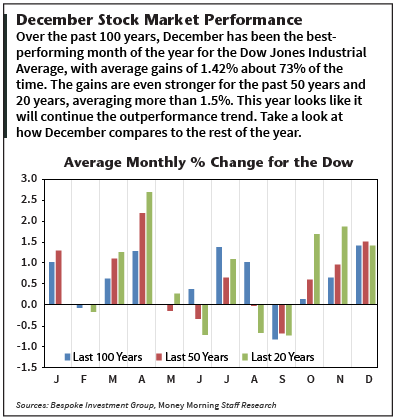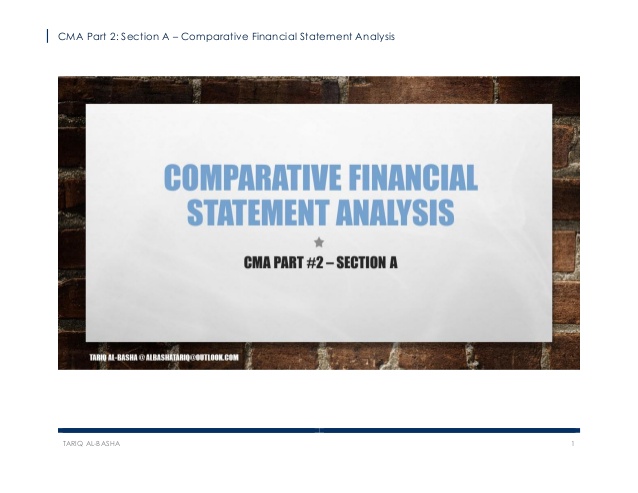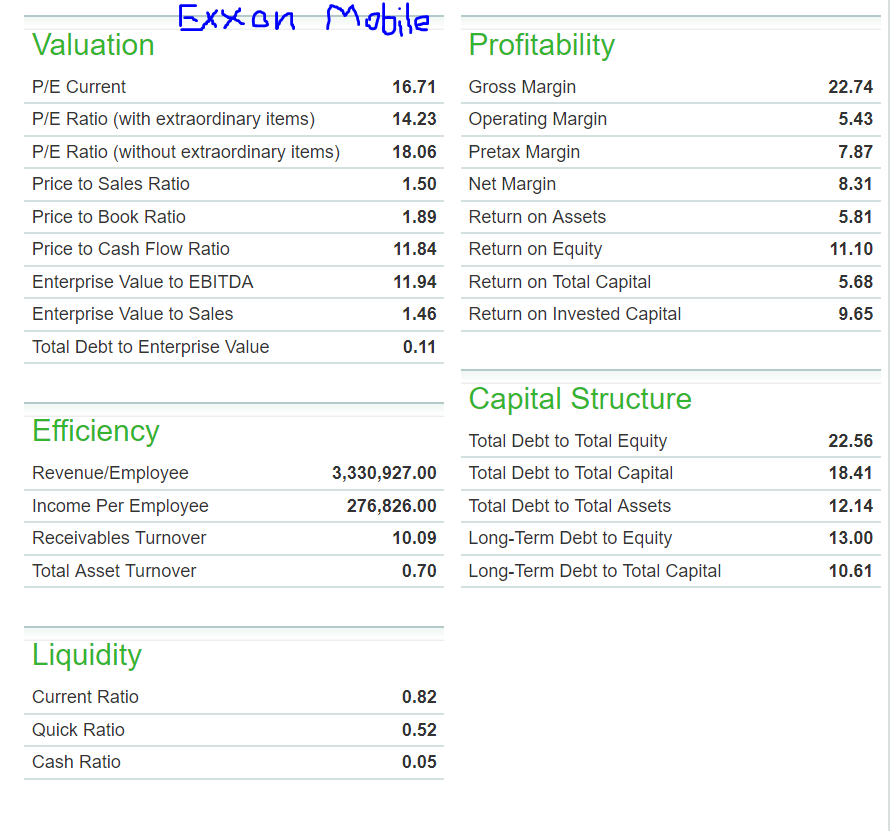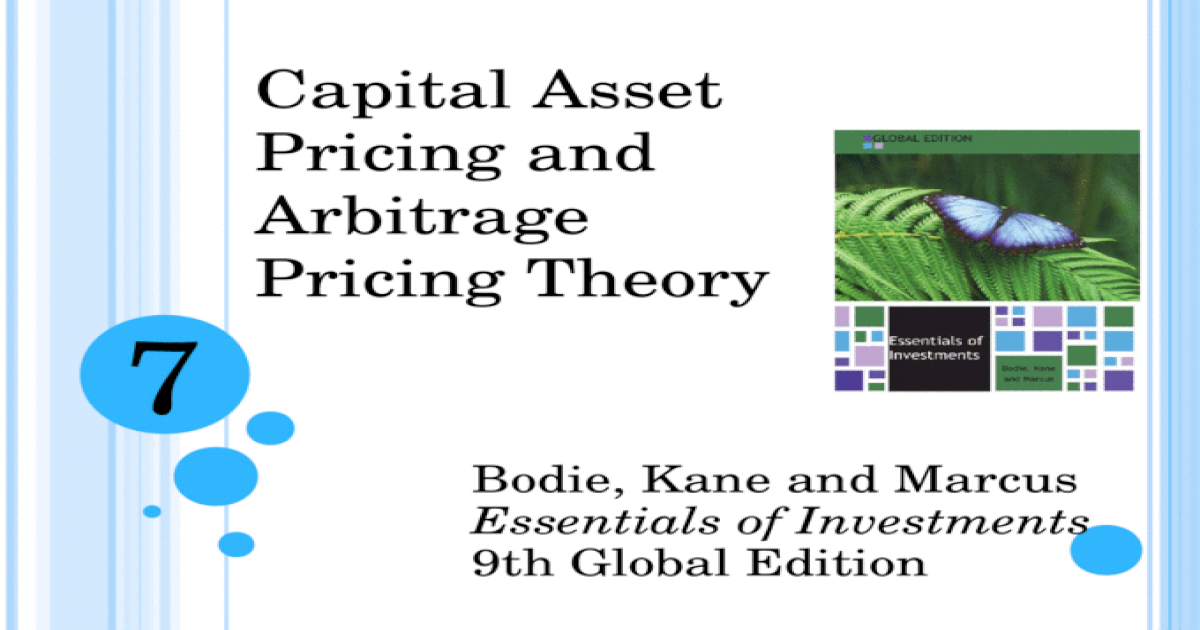
El Ministerio de Salud y la Protección Social certifica a DIAGNÓSTICO E IMÁGENES DEL VALLE IPS S.A.S. Se encuentra habilitada para prestar los servicios de salud.
Adoptado mediante circular 0076 de 02 de Noviembre de 2007

Blog
Budgeting vs Financial Forecasting: Key Differences
Contents:


A financial plan expressed regarding money, prepared by the management in advance for the forthcoming period, is called a budget. The forecast is an estimation of future business trends and outcomes based on historical data. The longer period of time is necessary for making informed decisions. It’s important for a business to see at least 12 months of forecasted profit and cash balances in order to make smart spending decisions. They estimate revenues and expenses, and set clear financial goals for a company. These guidelines help maintain control over a company’s finances and ensure that resources are allocated efficiently.
Ultimately, https://1investing.in/ing and forecasting go hand in hand, and can be used in tandem to optimize your company’s long-term strategy. In contrast, financial forecasting is a strategic tool that projects the growth trajectory of a company over several years in the future. In the case of a new company, forecasts would be prepared by tracking the past sales of competitors. A budget is a detailed statement of expected revenues and expenditure which quantifies the tactical plans of the management to reach a desired goal for the company during a specified period.

A forecast is an estimate of what the company will achieve if it keeps performing as it is. It shows you to what extent you would end up off budget if you continue as is. It shows you how far you’d be off budget if you kept going as is. Chartered accountant Michael Brown is the founder and CEO of Plan Projections. He has worked as an accountant and consultant for more than 25 years and has built financial models for all types of industries.
Set expectations
At the end of the day, you want to focus on systems and tools that help your business grow. Create financial projections that meet your business needs, and then use them on a regular basis to measure your performance and adjust course as necessary. Forecastingtakes historical data and current market conditions and then makes predictions as to how much revenue an organization can expect to bring in over the next few months or years. Forecasts are usually adjusted as new information becomes available. Most businesses create a budget annually and implement it from the start of the fiscal year.
- We provide third-party links as a convenience and for informational purposes only.
- In other words, if all revenue stopped tomorrow, you’d be able to continue as normal for 2 months before experiencing interruptions.
- Next, project your estimated operating expenses for your chosen time period.
- Generally speaking, companies produce a single budget for the year.
- In essence, it’s the difference between an intention and an expectation.
The key is not just evaluating product features and capabilities, but also evaluating how those features will be implemented by different users within the organization. It’s important to test any planning solution that will be used by a large variety of stakeholders such as finance, operations, HR and sales. Modern business forecasting began in response to the economic devastation of the Great Depression of the 1930s. New types of statistics and statistical analyses were developed that could help business better predict the future. Consulting firms emerged to help companies use these new prediction tools.
The Forecast
For example, if you overspent on travel, you could consider reducing the budget for marketing. The key to a successful forecast is not to get into the granular details. You don’t want to create a forecast that accounts for every last item that you sell, or every detailed expense that you have.
The strikes are taking their toll on UK growth – The Spectator
The strikes are taking their toll on UK growth.
Posted: Thu, 13 Apr 2023 08:09:32 GMT [source]
Both financial planning and budgeting reflect estimations of the company’s future objectives. In contrast, a budget plan is reviewed and revised at the beginning of every fiscal year or in accordance with unexpected events. A budget is a statement of how the business, department or a unit intends to spend money that is made available to it.
What Are the 5 Types of Budgets?
However, Excel programs and spreadsheets were prone to input errors and cumbersome when various departments or individuals needed to collaborate on a report. Essentially, expense allowances are built so as not to exceed budget limits, while income projections are the minimum needed to make the budget balanced. Financial analysts need to calculate the variances between the two figures in order to evaluate the efficacy of the budget and the fiscal health of the organization. A budget aligns expectation with reality when it comes to revenue and expenses. Because of the long-term nature of a financial plan, it allows for more flexibility and creativity. In the case of a financial plan , the means are less important than the end.
Not only will this process costing better data, you’ll keep key staff involved and happy. Your revenue forecasts will drive this in part, but they may not fully materialize. In smaller companies, the budget might be done by the owner alone or with the help of a few key employees.

For example, a company might have quarterly forecasts for revenue. If a customer is lost to the competition, revenue forecasts might need to be updated. You can work as a team and review all your financial transactions to make sure that you’re on track to achieve the financial goals you have set for your family. The forecast is typically limited to major revenue and expense line items.
Then, the budget is compared with actual financial statements each month to calculate the discrepancy between the two and make any necessary changes for the future. The difference between budgeting and forecasting comes down to their specific roles in your business. A forecast is a high-level, strategic view of where you want your business to go in the future.
However, as you start climbing, you come across a large tree blocking your path. There is no way to continue on that exact path; therefore, you have to take a detour. While your budget is still to reach the summit, your forecast takes every part of your journey into account. When you have to adapt your original budget, the change is reflected in your forecast. Your forecast is a dynamic concept that adjusts as reality meets expectations. Forecast can be understood as the evaluation and interpretation of the conditions that are likely to occur in future, with respect to the operations of the enterprise.
- In their simplest form, budgets are used to manage expenses while forecasts are strategic revenue road maps based on high-level business goals.
- Your budget is represented by the purple line, a smooth and steady growth.
- Forecasts can inform decisions related to production, inventory, and resource allocation, as well as help identify potential opportunities and risks in the market.
- There are critical differences between budgeting and forecasting.
- In this case, your forecast, which is based on your actual numbers (that aren’t hitting the target currently), will show revenue numbers that are lower than your budgeted numbers.
When this happens, you’ll need to find a way to reduce churn if you want to hit your targets. Maybe this means you need to create a better onboarding process to help your customers get value from your product, or maybe you need to invest in better customer service. The opposite can happen as well—if you’re surpassing your customer acquisition goals, your forecasted revenue will be higher than your budget. Your budget represents what you want to achieve, whereas a forecast estimates what you’re on track to achieve.
Budgeting allocates financial resources to various expenses, such as production, marketing, or even payroll. Budgeting often includes revenue and expenses estimates, as well as the expected cash flow and debt reduction. This process is usually done at the beginning of the fiscal year.

It is a prediction of where you think your company will grow that’s often based on historical data—your past results over a period of time. A forecast will predict key, high-level revenue streams and major categories of expenses. Forecasts tend to focus on revenue and help determine spending predictions.
Power Electronic Market Size to Surpass USD 94.21 Bn Revenue by … – GlobeNewswire
Power Electronic Market Size to Surpass USD 94.21 Bn Revenue by ….
Posted: Thu, 13 Apr 2023 19:54:03 GMT [source]
Choose a method of forecasting; that is, quantitative or judgment forecasting. Figure out how many income sources you have and how much your business makes. Elon is a marketing specialist at Palo Alto Software, working with consultants, accountants, business instructors and others who use LivePlan at scale. A comprehensive solution that provides power and flexibility for streamlined, best-practice financial consolidation and reporting.
Sterling dips from 10-month high against dollar; JP Morgan profits jump 52%; US retail sales drop – as it happened – The Guardian
Sterling dips from 10-month high against dollar; JP Morgan profits jump 52%; US retail sales drop – as it happened.
Posted: Fri, 14 Apr 2023 13:15:03 GMT [source]
It will issue proforma financial statements to show what the significant effects on the historical financial information might have been had the acquisition occurred at an earlier date. Although the transaction is in the future and uncertain, the pro forma financial statements are essentially restated historical information and are not considered to be projections. The forecast is normally prepared annually and often updated monthly with actual results, providing a rolling forecast to continually update management as to where the business is heading. There are, however, some innovative new budgeting techniques that allow for considerable flexibility based on a predetermined set of business rules established at the beginning of the year.
Some planning is done by the seat of the pants, with little more raw data than your vision for the business. These forecasts cover the number of products and services expected to sell, the projected costs of those products and services, and the profit that they’ll generate. Unfortunately, goals (i.e., your budget) rarely go according to the plan; obstacles can get thrown in the way, items get overlooked, the market could change, and much more. There are a million things that could push your original budget off course. When you sit down in December to determine your master plan for the next year or the next five years, the budget is the overarching goal you are striving to achieve. Agency spend is a good example of a budget that can be dedicated in terms of a percentage of a variable target.